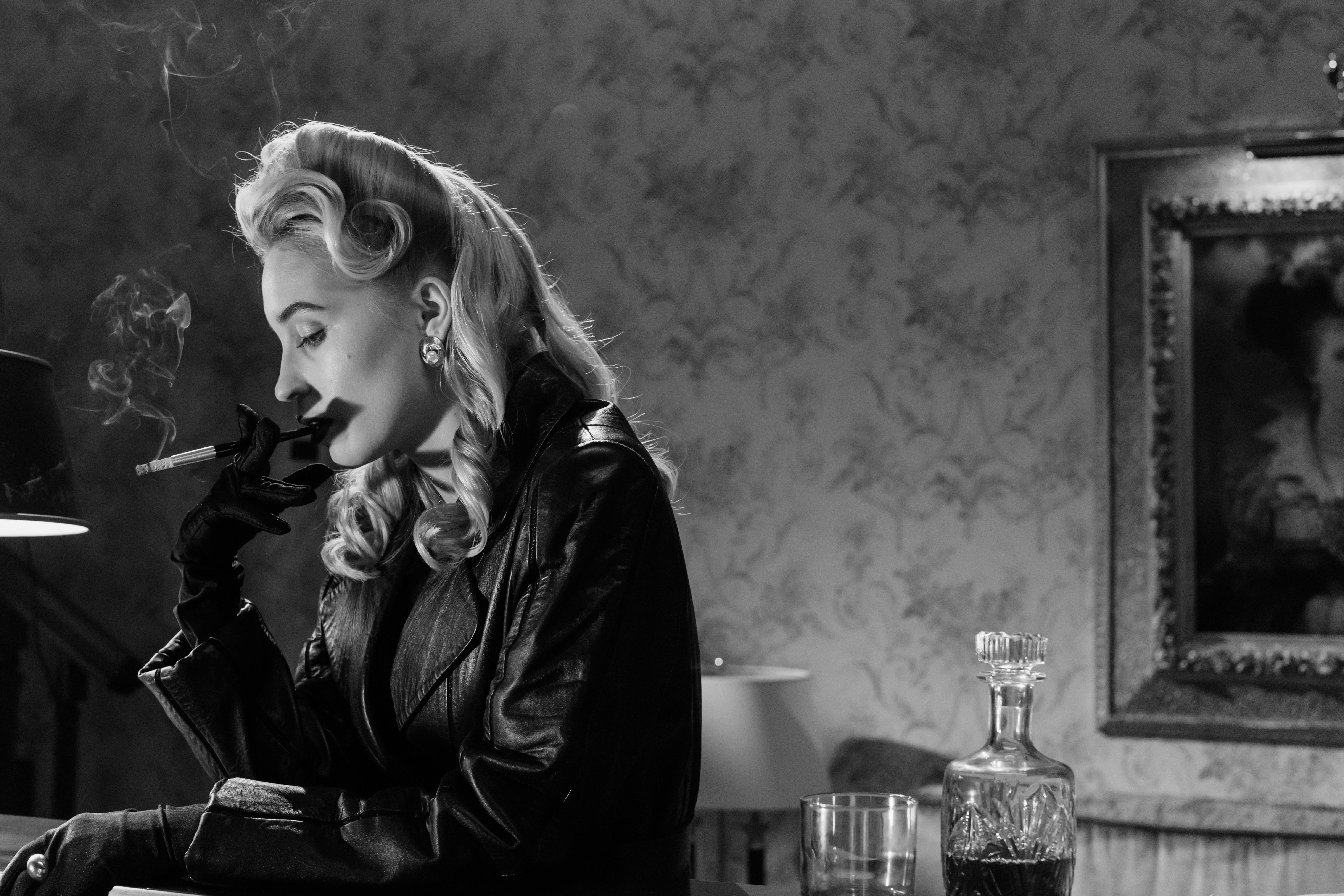Illuminating the Silver Screen: The Intricacies of Cinematic Lighting Design
Engulfed in darkness, you sit in a theater, your gaze fixed on the silver screen. Suddenly, the world comes to life, illuminated by the clever use of light and shadows. This magical transformation is not random, but the result of meticulous planning and execution by the often overlooked heroes of cinema: the lighting designers. Uncover the intricacies of cinematic lighting design, its historical journey, and how it shapes the way we perceive movies today.

The Genesis of Cinematic Lighting
In the early days of cinema, lighting was a practical necessity rather than an artistic tool. Silent films were shot in broad daylight because the cameras of the era required a significant amount of light to capture images. It wasn’t until the 1920s that filmmakers began experimenting with artificial lighting. They soon discovered that light could evoke emotions, create atmosphere, and highlight important elements within a scene. This marked the birth of cinematic lighting design, a discipline that has since become integral to the art of filmmaking.
Illuminating Cinema’s Golden Age
With the advent of Hollywood’s Golden Age, lighting design became a powerful storytelling tool. Cinematographers like Gregg Toland, who worked on the iconic film “Citizen Kane”, pushed the boundaries of what could be achieved with lighting. High contrast lighting, also known as ‘chiaroscuro’, was used to convey drama and tension, creating visually stunning scenes that remain influential to this day.
The Dawn of Digital Lighting
The shift from celluloid to digital cinematography in the early 21st century brought newfound control over lighting. Digital cameras, along with advancements in computer-generated imagery (CGI), allowed filmmakers to manipulate light in ways that were previously impossible. This has led to a new era of cinematic lighting design, where creative possibilities are virtually endless.
Current Trends and Innovations
Today, cinematic lighting design is as crucial as ever. The rise of high-definition screens and streaming platforms has further highlighted the importance of lighting in creating visually captivating content. Recent movies like “1917” and “La La Land” have demonstrated the power of innovative lighting design, winning critical acclaim and numerous awards for their cinematography. Concurrently, technology continues to evolve, with advancements in LED lighting and virtual production promising to revolutionize the way films are lit.
The Impact of Cinematic Lighting Design
Cinematic lighting design influences how we interpret and respond to movies. It sets the mood, guides our focus, and provides visual cues to the narrative unfolding on screen. Behind every memorable film scene, there is a carefully crafted lighting design that brings the director’s vision to life. As the film industry continues to evolve, so too will the art of cinematic lighting, illuminating our cinematic experiences in new and exciting ways.




